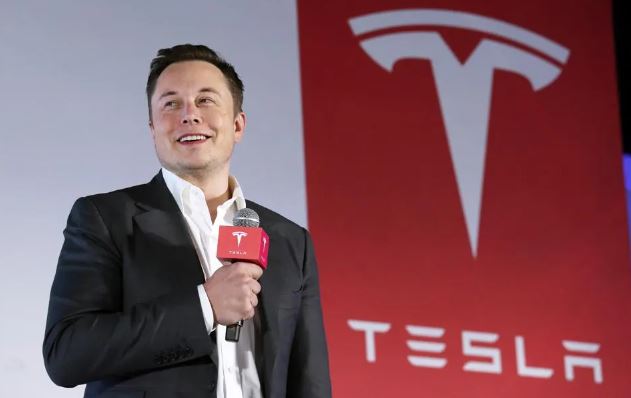Tesla, the electric vehicle (EV) pioneer, has announced its record-breaking sales for the second quarter of the year. With a global delivery of 466,140 cars, surpassing Wall Street estimates, Tesla continues to dominate the EV market. The company’s popular models, the Model Y and Model 3, have proven to be the primary contributors to this success, accounting for a staggering 96% of Tesla’s sales in Q1. While the Model S and Model X have experienced a decline in demand, the Model Y and Model 3 remain in high demand, fueled in part by their eligibility for new EV tax credits in the United States.
Tesla’s closest competition in the EV market is BYD, China’s leading car brand. However, BYD’s impressive sales figures, including 700,244 fully electric and plug-in hybrid vehicles sold in the second quarter, primarily consist of a mix of electrified vehicles, including hybrids. In terms of pure EV sales, Tesla maintains its leading position. The company’s commitment to increasing volume, even at the expense of short-term profitability, puts pressure on legacy automakers who have yet to catch up with EV production and market share.
Analysts had projected Tesla to deliver 448,350 cars in the last quarter, making the actual delivery numbers a significant beat. The record-breaking deliveries mark Tesla’s best-ever quarter, showcasing an 83% increase compared to the previous year. Additionally, Tesla’s production and delivery numbers are aligning more closely, indicating improved inventory management and fulfilling the company’s promise to narrow the gap between production and sales.
Despite expectations of intense competition from other automakers entering the EV market, Tesla’s position remains strong. While Tesla may face challenges in introducing entirely new products and experiencing delays, the demand for its existing models remains high. Tesla’s scale and production capabilities allow it to meet the needs of a growing number of first-time EV buyers, while competitors struggle to catch up in terms of quality, battery production, and profitability.
In the United States, Tesla continues to maintain a significant lead in the EV market. The Model 3 and Model Y have become synonymous with EV ownership, similar to the ubiquitous presence of iPhones. These models have gained popularity among consumers, often chosen by default due to Tesla’s reputation and availability. Other automakers, referred to as “Androids” in this analogy, are competing for a smaller share of the market. Despite a gradual decline in market share each quarter, Tesla’s dominance remains largely unchallenged, with other automakers still striving to match its scale and production capabilities.
However, Tesla faces increased competition in China, its second-largest market. Domestic brands in China, coupled with a sense of national pride, have gained popularity among Chinese buyers. As a result, Tesla has fallen behind BYD in the Chinese market. To remain competitive, Tesla has recently reduced prices of its premium models in China by over 4.5%.
While challenges lie ahead, Tesla’s strong Q2 sales demonstrate its resilience and position as a frontrunner in the EV industry. The company’s ability to consistently deliver EVs on a large scale, coupled with its brand appeal, continues to attract customers globally. As the EV market evolves and competition intensifies, Tesla’s market share may gradually decrease, but for now, it remains a dominant force in the industry.

